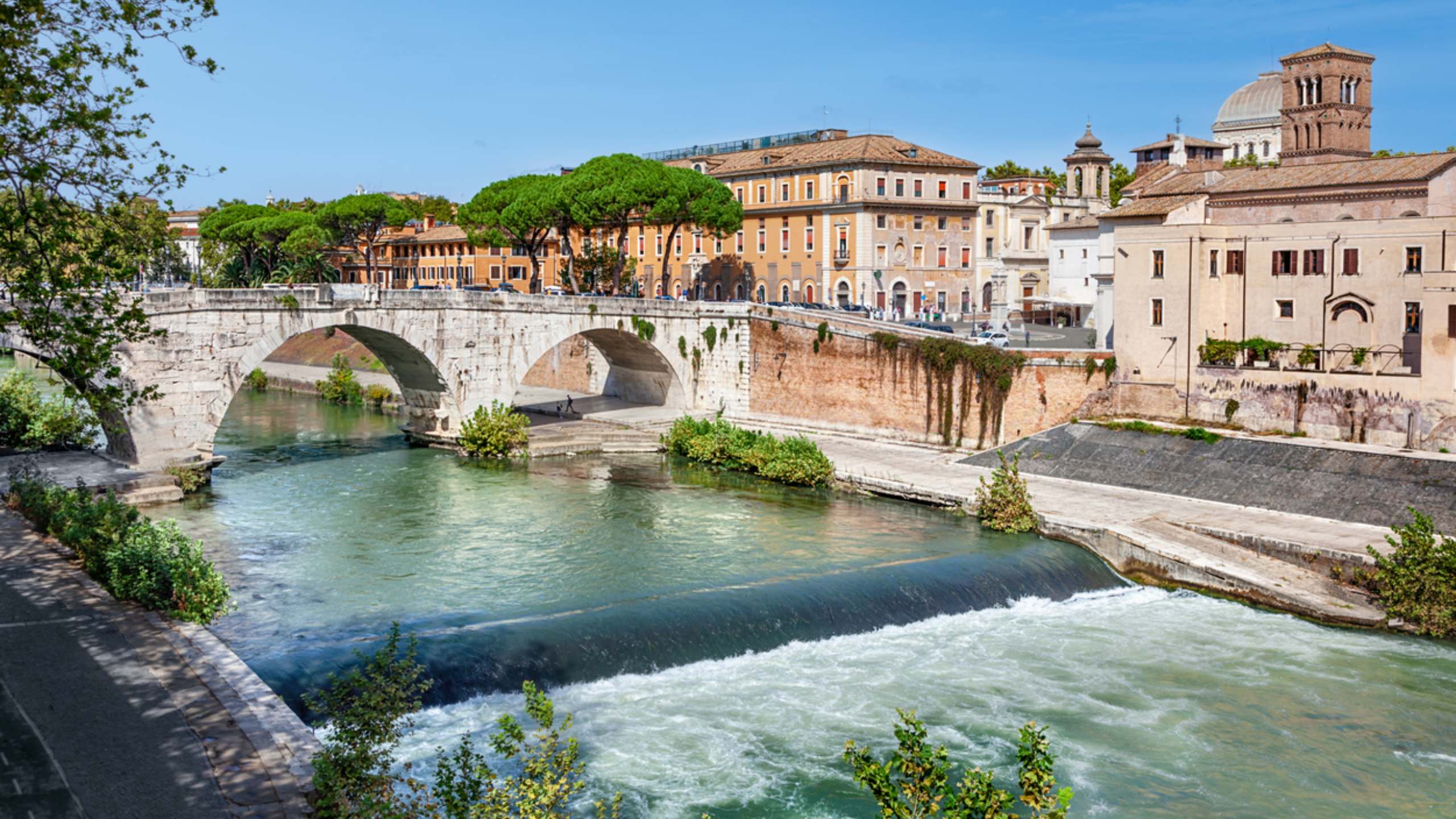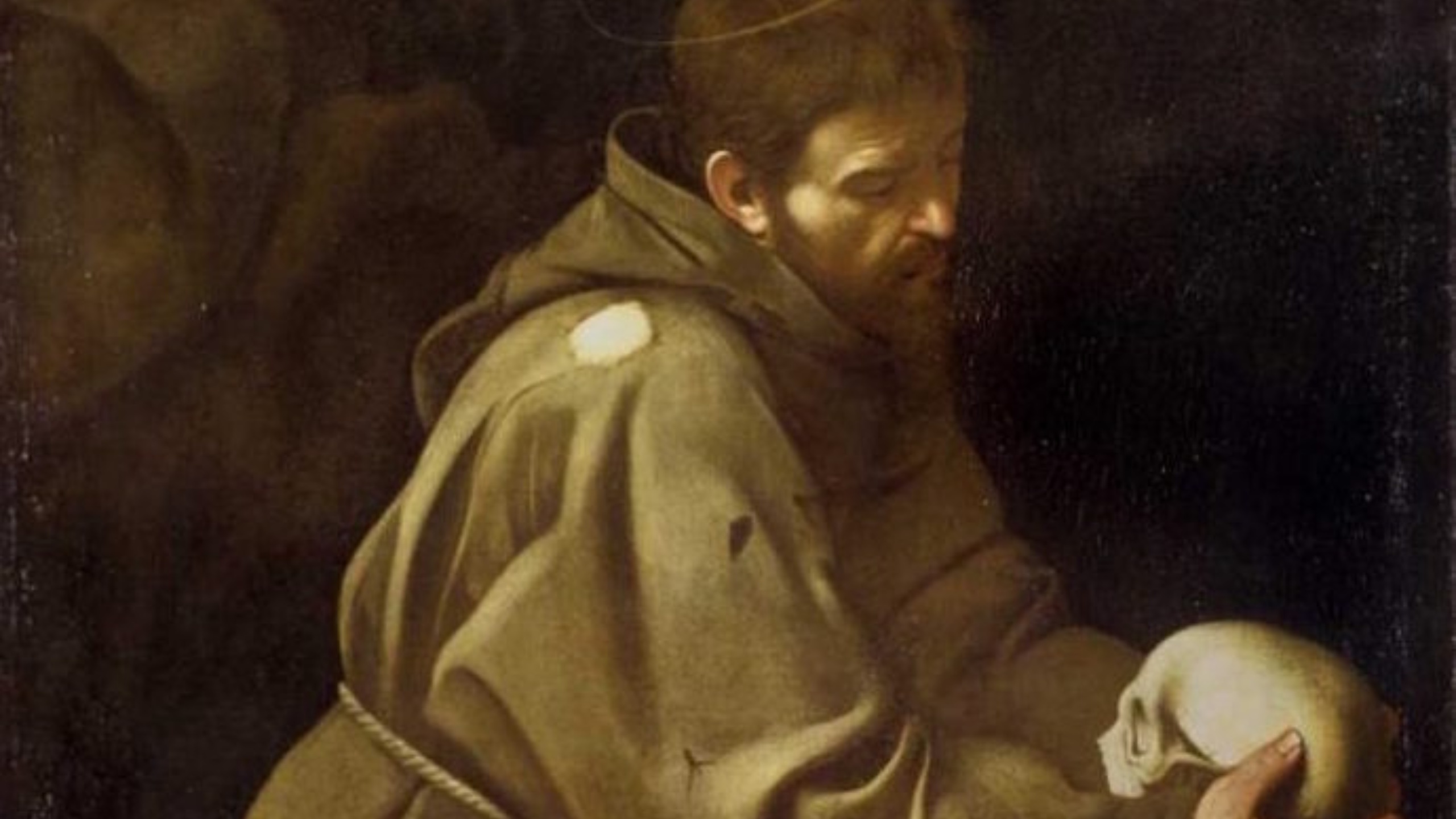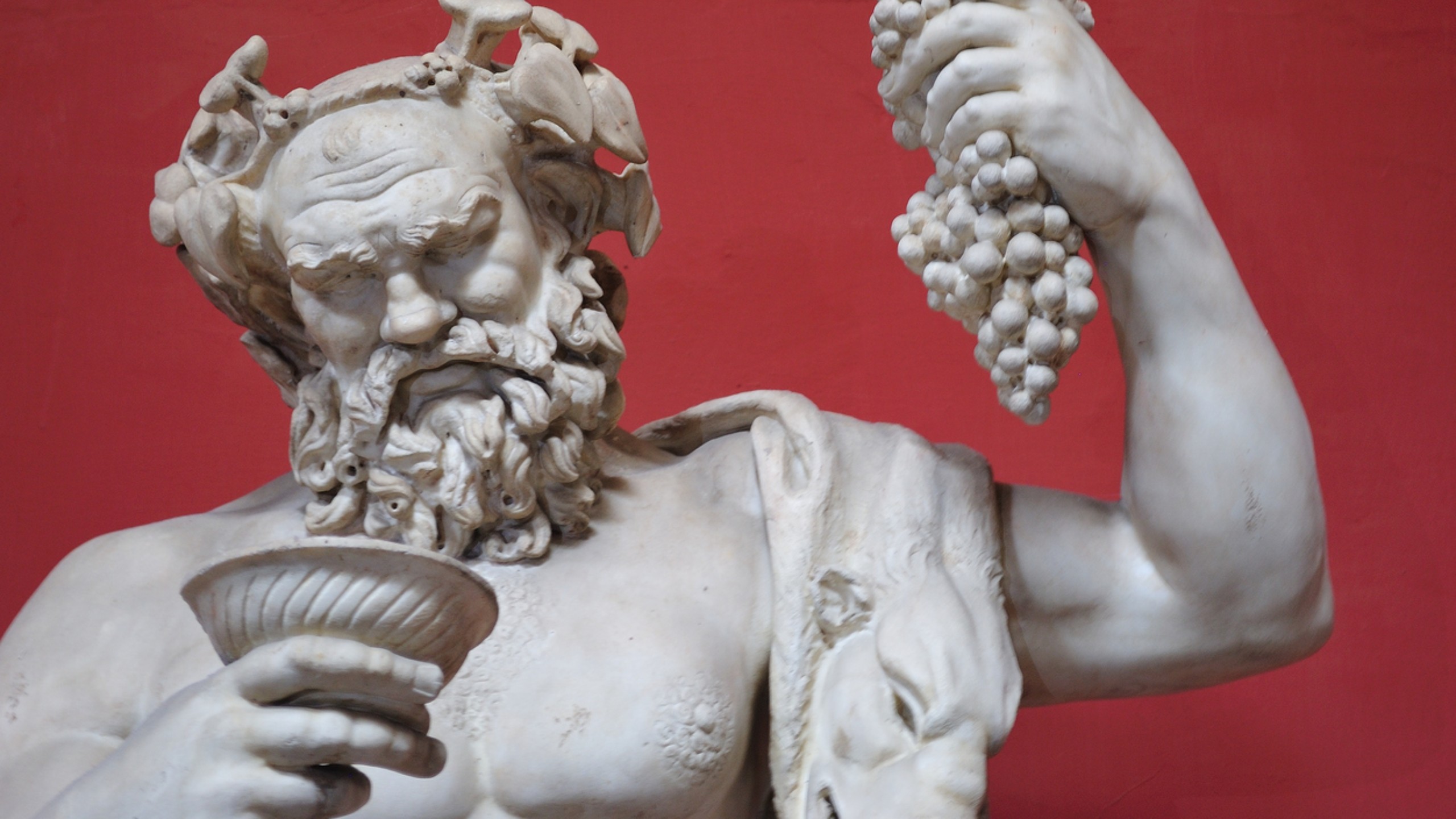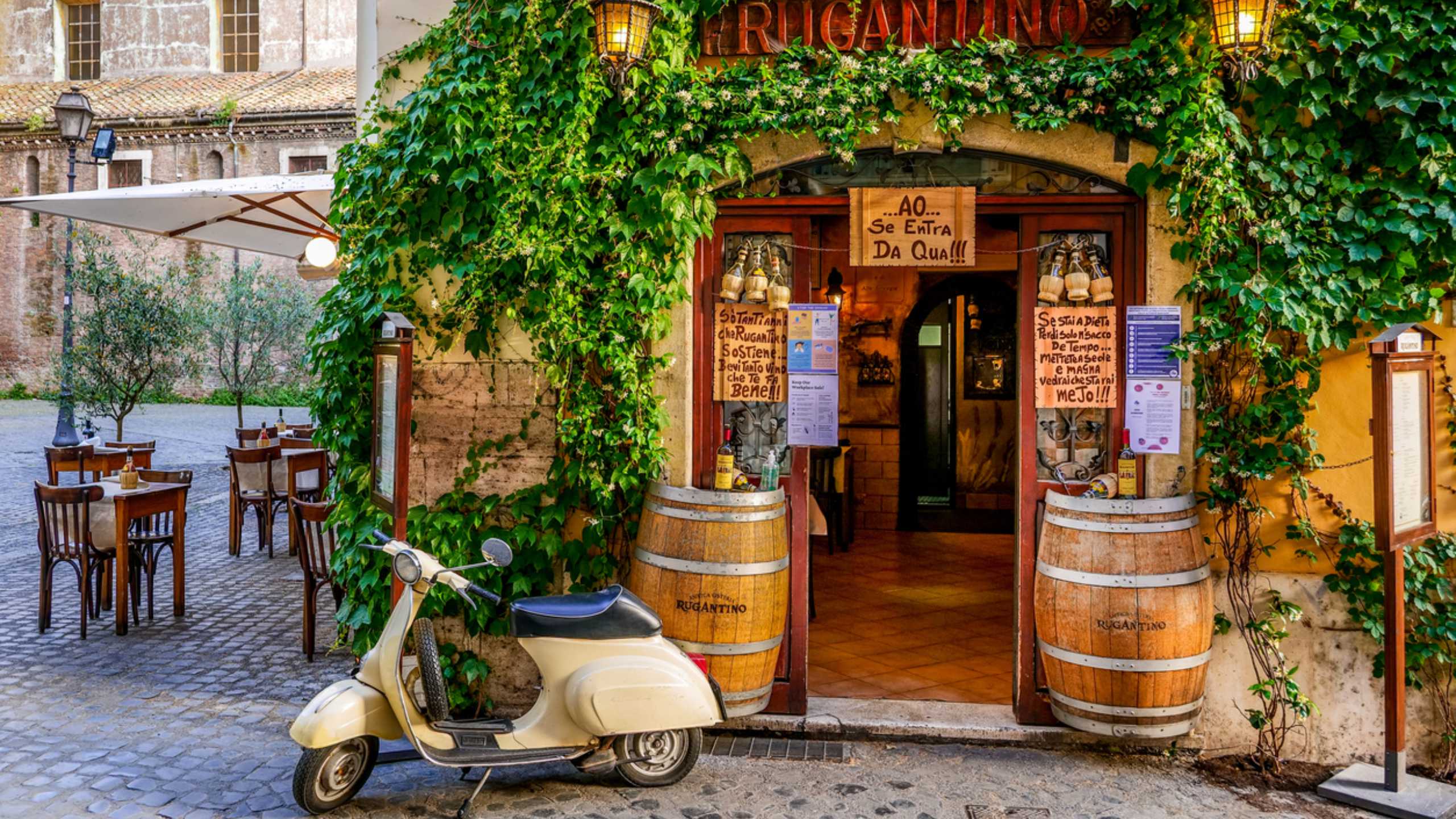Palazzo Madama - The Senate
From the windows of some of our rooms you can admire the entrance without even going down the street. But if you want to know the history of Palazzo Madama, before admiring the exterior, we will start from the year of the Lord 1478. This is the year in which the land on which this building was built was the subject of a sale by the Monks of 'Imperial Abbey of Farfa towards France, which was constantly looking for a useful solution to provide accommodation for transalpine pilgrims in the Eternal City.
The first changes, from a structural point of view, in Palazzo Madama were carried out by the Medici family. The restoration was carried out, however, by Giuliano di Sangallo: everything that was inside the library of Giovanni de 'Medici was brought inside, namely the son of Lorenzo the Magnificent, who became Pope Leo X.
The ownership of the building, which in 1537 also ended up in usufruct by Margaret of Austria, fled from the hands of the Medici family during the eighteenth century. With the arrival of the seventeenth century, various renovations were completed. The façade, in Baroque style, was designed by Paolo Marucelli, and replaced the asymmetrical pediment that was present, while the ceilings began to fill with friezes and decorations.
Starting in 1755, Palazzo Madama ended up among the possessions of the Vatican, thanks to the astute purchase move by Pope Benedict XIV, who placed it among the public buildings of the Papal State. Over the years, this building was the subject of a large number of renovations. Among the various interventions, it is interesting to mention the one concerning the opening of another courtyard, where the Aula is now located, while the entire square overlooking the facade was arranged, thanks to the great work carried out by Luigi Hostini.
It was Palazzo Madama that housed the central office of the Franco-Roman Republic in the late 1700s. Subsequently, almost a century later, in 1871, it was established as the seat of the Senate of the Kingdom. A decision that inevitably led to further expansion and modernization works, with the first historic meeting taking place in November of the same year.
If you plan to stay at our Eitch Borromini, the best advice is to take Via di Tor Millina to Piazza Navona and then cross it to stop on the facade of Palazzo Madama, you will admire the truly imposing central portal, always guarded, which leads to the courtyard of honor. There are many Senators who decide to stay with us or to visit the Art Gallery and our restaurant on the fourth floor. In fact, the Collegio Innocenziano, the Historic Residence where the Eitch is located, is appreciated for the same pomp that made the senate palace famous: elegance and refinement, as well as the possibility of admiring wonderful seventeenth-century frescoes.







